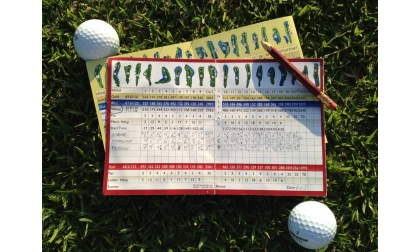Noticeable changes in Golf rules 2019 (Part 2)
22/01/2019 - Golf Tips
[INTERGOLF - PROMOTION] GOLF AUTUMN QUOTAITION- ONLY 1.150k/18holes
[INTERGOLF - PROMOTION] May 2020 Golf Booking Quotation - Booking Tee Time
[INTERGOLF - PROMOTION] March 2020 Golf Booking Quotation
Visit website golfbooking.com.vn to book golf at all golf courses in Vietnam. Golfbooking | InterGolf gives you the best price of Northern golf courses, Central golf course and Southern golf course.
Golfbooking | InterGolf - Prices & Service always the best.
As of 2019, new golf rules apply worldwide. It is the most major revision of the rules for more than 30 years. We have summarized the most important changes for you.
(Part 2)
11. Provisional ball (Rule 18)
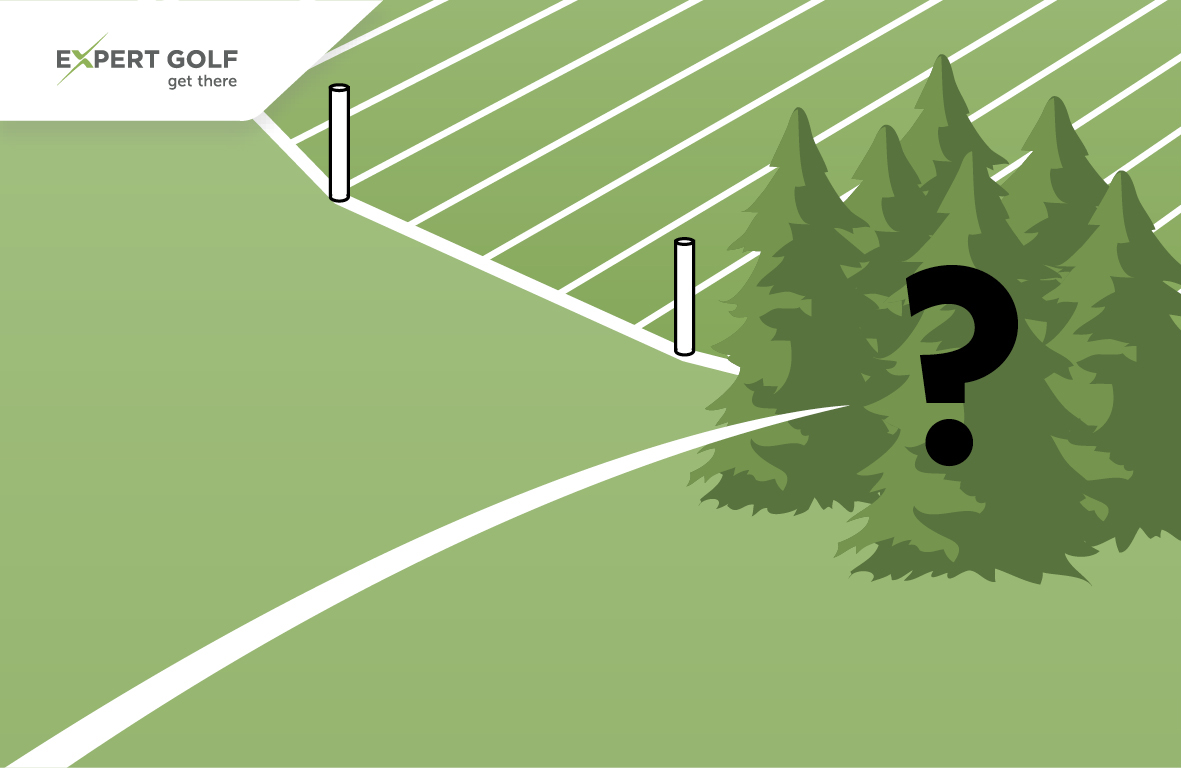
Previously, a provisional ball could only be played before the player walked down the fairway to look for his first ball (however, going forward as far as 50 yards (45 meters) was allowed).
Now, you can also play a provisional ball after you have already looked for your original ball for a while.
Good to know: Now that the search time has been reduced to three minutes, it will be virtually impossible to play a provisional ball after you have already searched for a while. Because, after the three minutes have expired, it is no longer a provisional ball but it automatically becomes the new ball in play.
12. Animal holes (Rule 16)
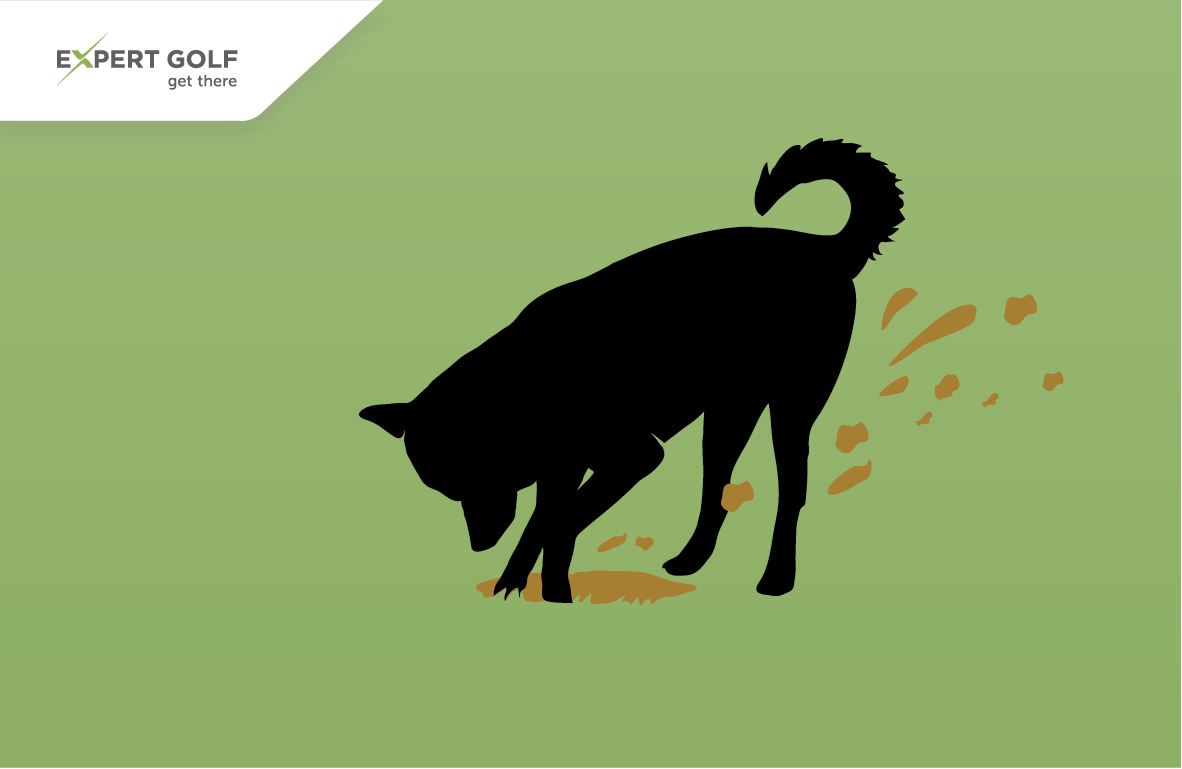
Previously, the player was only given relief animal holes if they were made by burrowing animals and reptiles, or birds.
Now, the restriction to certain species of animals has been lifted and you can take a free drop holes and tracks left by all animals (except for insects and worms).
Good to know: This usually involves molehills and mouse holes.
13. Loose impediments (Rule 15)

Previously, touching leaves, twigs, stones, branches and other loose impediments in bunkers and water hazards was not allowed.
Now, you can remove them anywhere without penalty, including in bunkers and penalty areas (new name for water hazards).
Good to know: Please bear in mind that the ball is still not allowed to move when removing loose impediments.
14. Unplayable ball in the bunker (Rule 19)

Previously, the player had three dropping options – each incurring one penalty stroke – if he declared his ball in a bunker unplayable.
Now, a fourth option is available. You can also drop the ball directly behind the bunker. However, this option costs two penalty strokes instead of just one.
Good to know: You can use this to avoid playing a bunker shot at all but in most cases it will not be worth it.
15. Penalty areas (Definition)
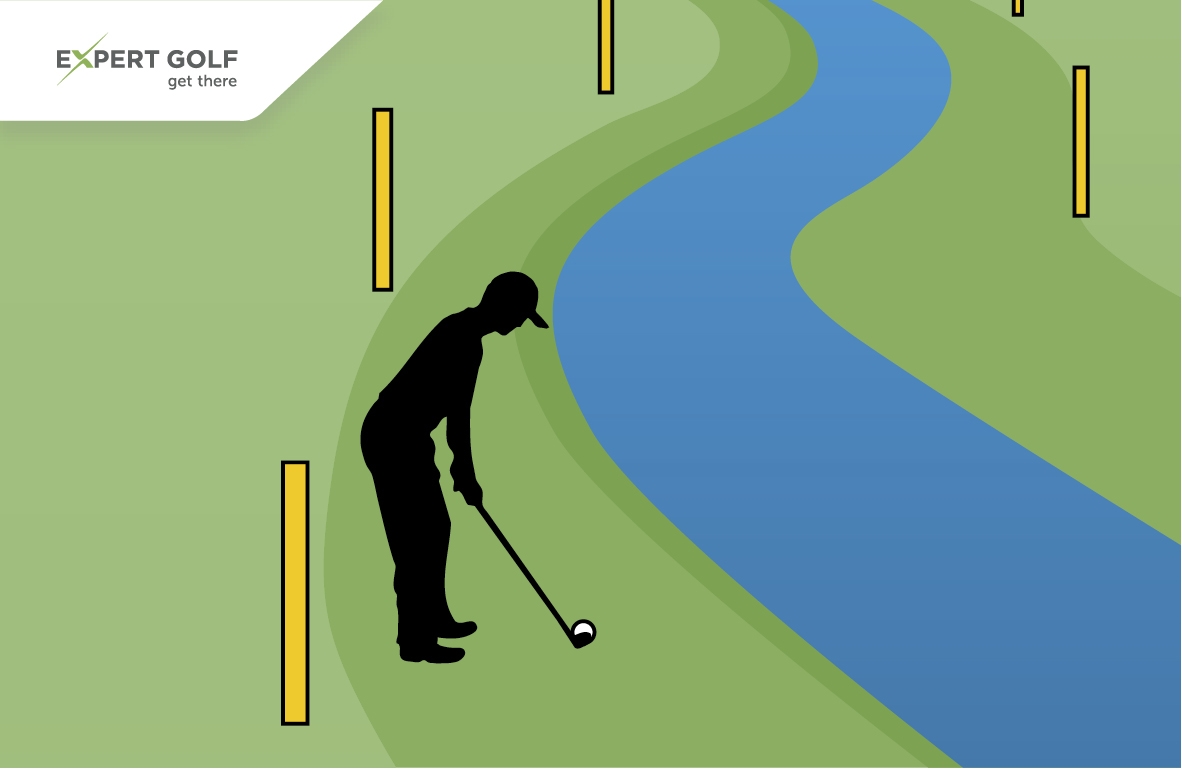
Previously, water hazards could only be marked as such if they actually contained water.
Now, water hazards are called penalty areas and no longer have to contain water.
Good to know: This means that golf clubs are free to mark other parts of the course as penalty areas to enable sideways drops and thus speed up the game.
16. Dropping options with penalty areas (Rule 17)

Previously, with lateral water hazards, it was possible to drop on the opposite side of where the ball last crossed the margin of the hazard.
Now, it is called a red penalty area and it is no longer possible to drop on the opposite side.
Good to know: This option was previously hardly ever used and it only led to confusion.
17. Touching the ground and water in penalty areas (Rule 17)
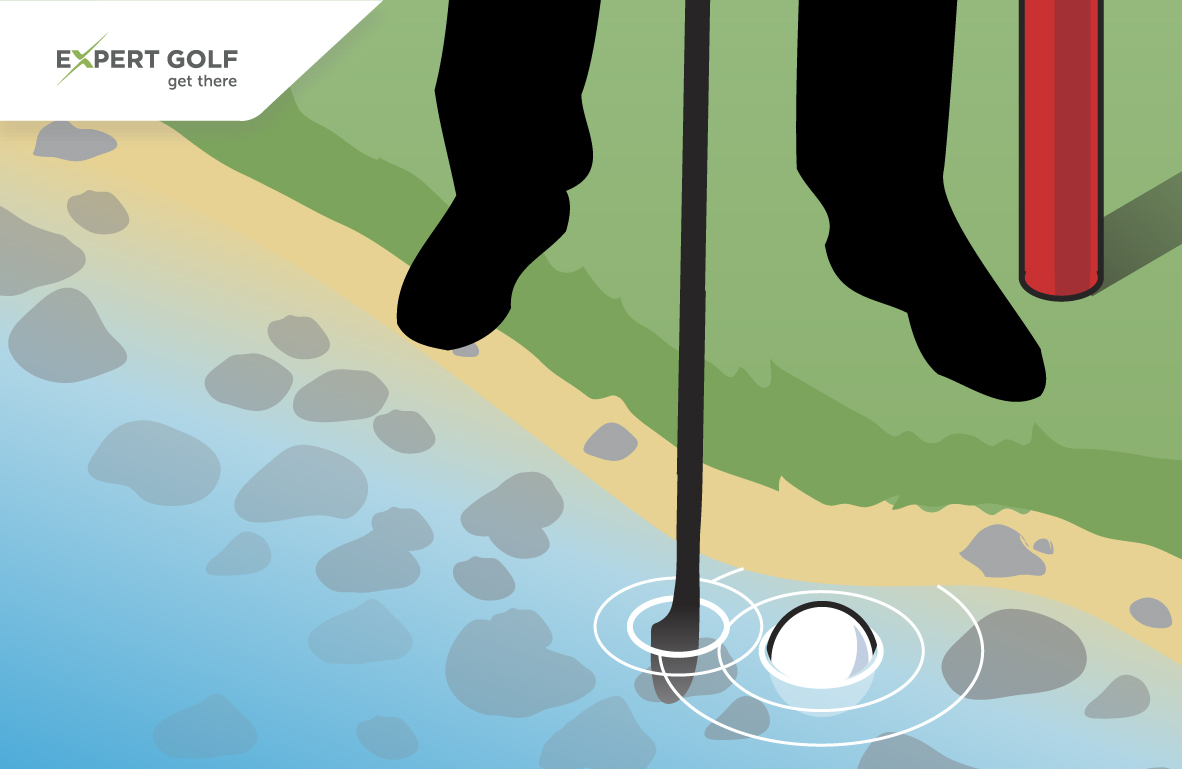
If you decide to play a ball a water hazard as it lies, you were previously not allowed to touch the ground or the water before your stroke.
Now, you are allowed to ground the club in or out of the water when you play the ball out of a penalty area.
Good to know: Experience has shown that it usually doesn’t make sense to try and hit a ball out of the water if it is completely covered by water.
18. Ball moves on the green after being marked and put back (Rule 13)

Previously, the ball had to be played the new spot if it moved either by itself or due to the wind after being marked and put back.
Now, you have to put the ball back.
Good to know: Most players already used to put the ball back out of reflex – even though this was incorrect. The new rule is thus in line with natural instinct.
19. Ball on the green moved accidentally by the player (Rule 13)
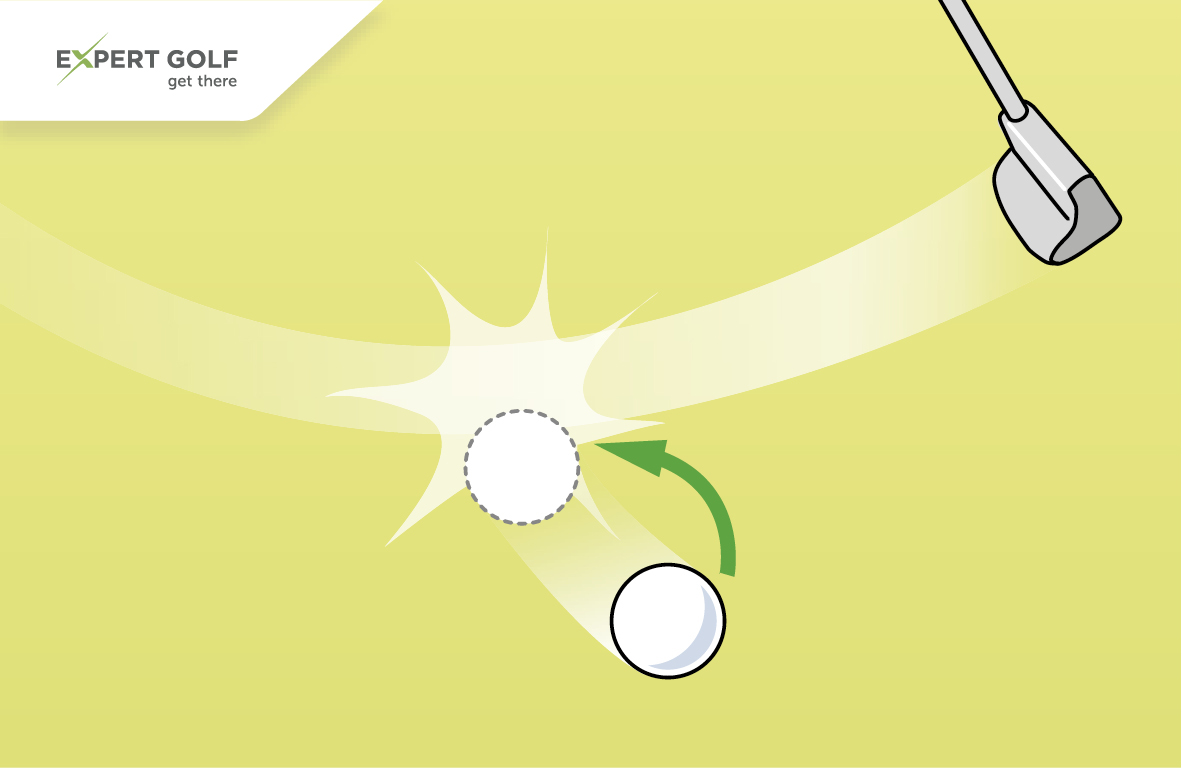
Previously, accidentally moving the ball on the green was only without penalty with certain exceptions.
Now, a mishap such as this is without penalty in all cases.
Good to know: If, for example, your club slips out of your hand or you make a practice swing too close to the ball and your ball moves as a result – just put the ball back without penalty.
20. Repairing damage on the green (Rule 13)
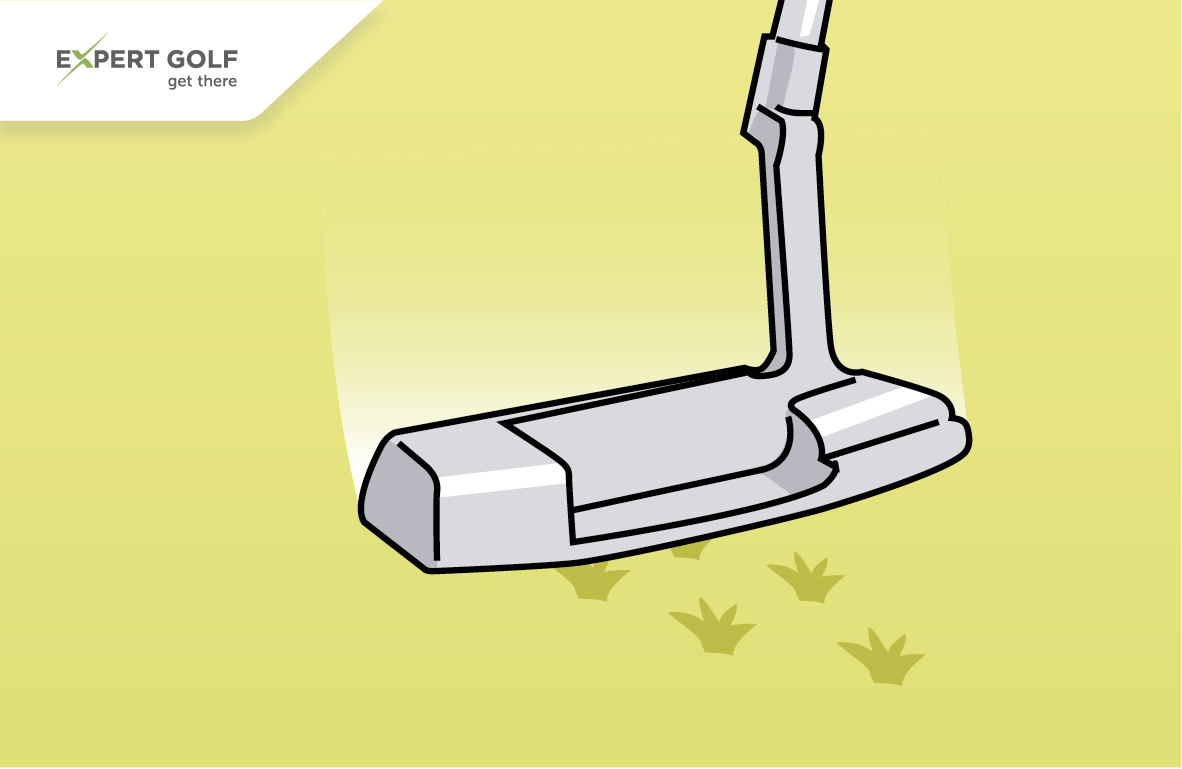
Previously, repairing the line of putt was not allowed, apart a few exceptions such as pitch marks and old hole plugs.
Now, you are permitted to repair nearly all damage on the green, including spike marks.
Good to know: But this is not free licence to smooth out the entire line of putt, as natural imperfections are part of the game.
(expertgolf.com)
-
![[INTERGOLF - PROMOTION] GOLF AUTUMN QUOTAITION- ONLY 1.150k/18holes](https://golfbooking.com.vn/images/news/2020/09/resized/bang-gia-dat-gio-choi-thang-9_1599557458.jpg)
[INTERGOLF - PROMOTION] GOLF AUTUMN QUOTAITION- ONLY...
-
![[INTERGOLF - PROMOTION] May 2020 Golf Booking Quotation - Booking Tee Time](https://golfbooking.com.vn/images/news/2020/05/resized/bang-gia-golf-thang-5-web_conen_1588756376.jpg)
[INTERGOLF - PROMOTION] May 2020 Golf Booking Quotation -...
-
![[INTERGOLF - PROMOTION] March 2020 Golf Booking Quotation](https://golfbooking.com.vn/images/news/2020/03/resized/bang-gia-dat-choi-golf--thang-3-_-golf-booking_1583316215.jpg)
[INTERGOLF - PROMOTION] March 2020 Golf Booking Quotation
-

FLC GOLF COURSE PROMOTION - FLASH SALES
-

HOIANA SHORES GOLF CLUB - Championship Standard Golf Course - An...
-
![[INTERGOLF - PROMOTION] GOLF BOOKING QUOTATION DEC 2019](https://golfbooking.com.vn/images/news/2019/11/resized/web-golfbookking-thang-12_trang-con_1574763867.jpg)
[INTERGOLF - PROMOTION] GOLF BOOKING QUOTATION DEC 2019
-

Autumn Promotion - 999k/18holes
-

Bà Nà Hills Golf Club: Du lịch Đà Nẵng và trải nghiệm sân golf...
-

BRG Legend Hills Golf Resort - Khuyến mại tháng 07/2019
-

Chơi golf ở đâu khi du lịch tại Đà Nẵng cùng gia đình?...

 Viet Nam
Viet Nam
 Korean
Korean



![[INTERGOLF - Khuyến mại - PROMOTION] BẢNG GIÁ ĐẶT GIỜ CHƠI GOLF THÁNG 7/2018 - July 2018 InterGolf Booking Quotation](https://golfbooking.com.vn/images/news/2018/07/resized/bang-gia-dat-san-golf-t7_2_1531367598.jpg)


![[Khuyến mại - PROMOTION] INTERGOLF XIN THÔNG BÁO BẢNG GIÁ THÁNG 4/2018 - GOLFBOOKING SUMMER PROMOTION](https://golfbooking.com.vn/images/news/2018/04/resized/avatar-youtube_1524109074.jpg)
![[Khuyến mại - PROMOTION] Đặt sân tam đảo - Tam Đảo Golf Course Promotion](https://golfbooking.com.vn/images/news/2018/04/resized/km-dat-san-tam-dao---tam-dao-golf-course-promotion_1524107972.jpg)
